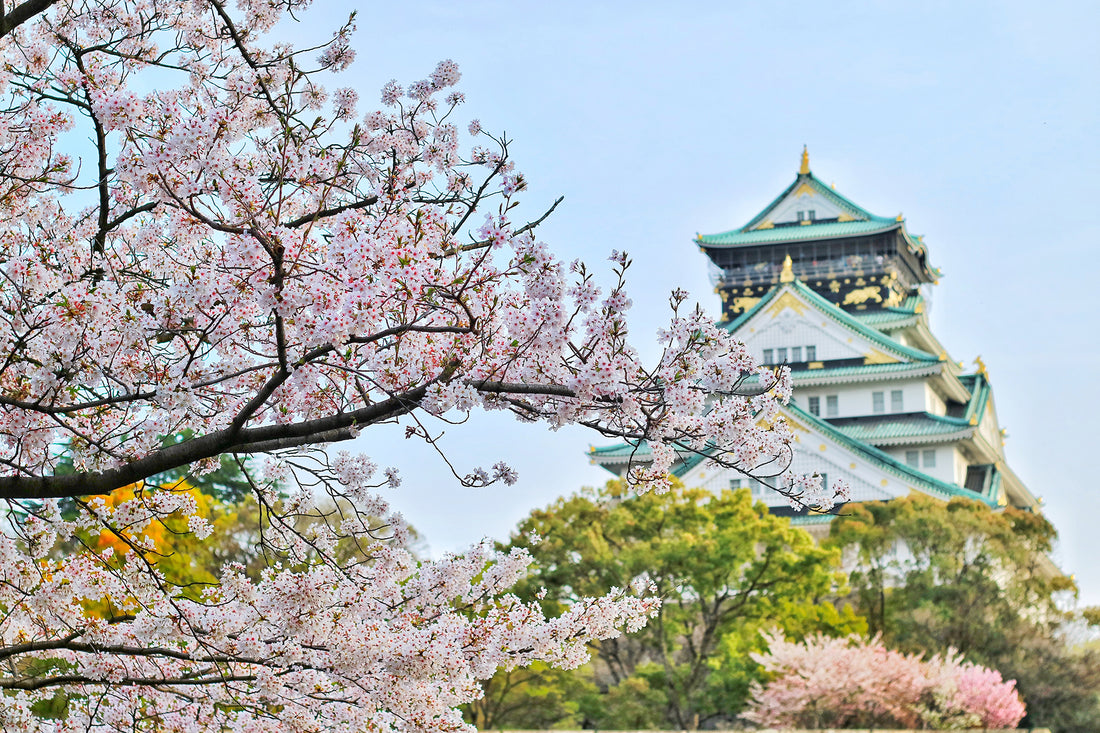The Vernal Equinox, also known as Shunbun no Hi (春分の日), is a celebration of the March equinox, which astrologically marks the beginning of spring in Japan. This national holiday usually falls on the 20th or 21st of March each year.
On the day of the spring equinox, the day and night are the same length, as the sun rises exactly in the east and sets exactly in the west. It unofficially indicates the end of the cold winter season and welcomes the start of the sakura (cherry blossom; 桜) season, which is a significant phenomenon in Japanese culture. This day is designated as a public holiday, therefore many Japanese workers have the day off from work so they may celebrate.
Prior to the 1948 creation of the Post-War Constitution (戦後憲法; Sengo-Kenpō) - also known as the MacArthur Constitution - in the wake of WWII, the spring equinox was a Shinto holiday known as Shunki Koreisai (春季皇霊祭). Part of this constitution called for the separation of church and state, therefore Vernal Equinox Day was created as a secular holiday that celebrates a love of nature and all living things. Shunki Koreisai focused on celebrating the emperors of Japan; both the current emperor and the spirit of past emperors.

While this holiday no longer has any religious affiliations, many Japanese citizens still celebrate it through Shinto traditions. Families often travel to reunite and spend time together during the vernal equinox. They will also visit the burial sites of their ancestors and loved ones, where it is common practice to clean gravestones, replant flowers, and leave offerings in their honor.
Japanese citizens also make an effort to be outside and within nature during the vernal equinox celebrations by visiting parks and viewing the freshly-bloomed cherry and plum blossom flowers in an activity known as hanami (花見: “flower viewing”). It is also common for local cafes and restaurants to offer beloved spring-themed treats around the time of the equinox, with cherry and plum blossom flavors appearing on menus for this special time of year.

Shunbun no Hi also coincides with a Zen Buddhist 7-day festival known as Haru no Higan (春の彼岸), which usually begins 3 days before the equinox. Higan week takes place around the autumnal equinox in September as well. This week-long celebration is similar to the national Vernal Equinox Day celebration, as it also pays tribute to the spirits, particularly those of loved ones.
Haru no Higan is intended to allow Buddhist followers time to appreciate their faith and realign their spiritual goals. During this sacred time, Japanese Buddhists will visit, cleanse, and leave offerings at ancestral gravesites. It is common for followers to eat a sweet confection known as botamochi (ぼたもち) that is often used as an offering at shrines, temples, and graves all across Japan during Higan. Botamochi is made using sticky rice and bean paste that is made into a chewy, ball-shaped treat.
The vernal equinox is a significant time in Japanese culture that welcomes the spring season with cheer. Japan is known worldwide for its natural beauty, especially the plentiful cherry and plum blossom trees that cover its urban parks and mountainous landscapes with their delicate beauty - a welcome sight after a long, cold winter.
Visit our Spring Lookbook blog to discover spring-inspired Japanese bedding looks!


1 comment
Thank you for making this both an educational, and enjoyable article!